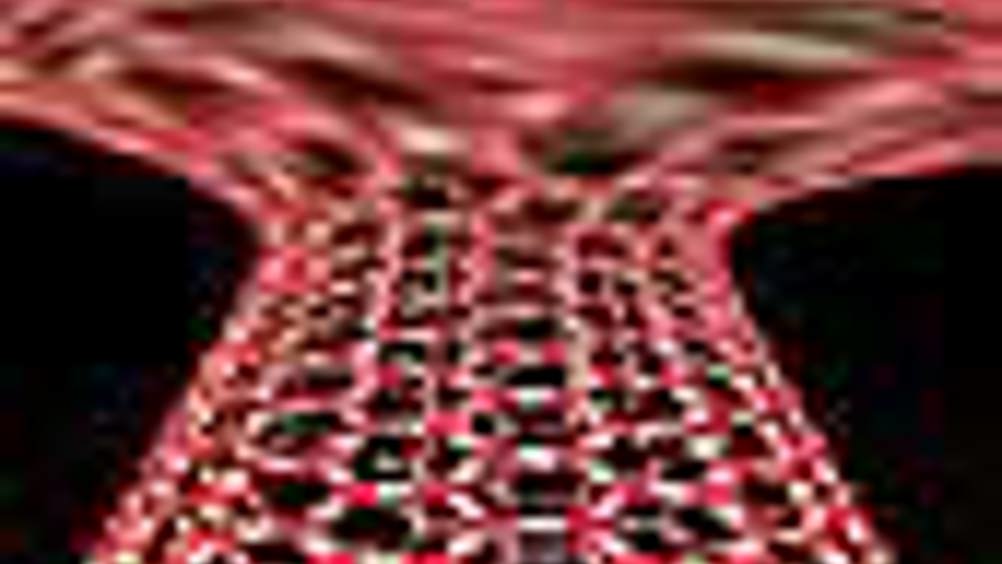Nano-machines on the move
Researchers have found a way to sculpt material at the nanoscale in a predictable, controllable and inexpensive manner by using a conducting liquid medium.

The world of nano-machines has moved a step closer to reality, thanks to researchers who have found a way to sculpt material at the nanoscale in a predictable, controllable and inexpensive manner by using a conducting liquid medium.
This technique is said to have potential applications in single DNA detection devices such as nanopores, nanoscale interconnects in biological and semiconducting devices, molecular sieves for protein sorting and nanojets for fuel or drug delivery.
Ajay Malshe, associate professor in mechanical engineering at the
“With this technique, you can remove on demand precisely what you want to, where you want to remove it,” Malshe said. “It’s very simple but very powerful.”
Register now to continue reading
Thanks for visiting The Engineer. You’ve now reached your monthly limit of news stories. Register for free to unlock unlimited access to all of our news coverage, as well as premium content including opinion, in-depth features and special reports.
Benefits of registering
-
In-depth insights and coverage of key emerging trends
-
Unrestricted access to special reports throughout the year
-
Daily technology news delivered straight to your inbox










Water Sector Talent Exodus Could Cripple The Sector
Maybe if things are essential for the running of a country and we want to pay a fair price we should be running these utilities on a not for profit...